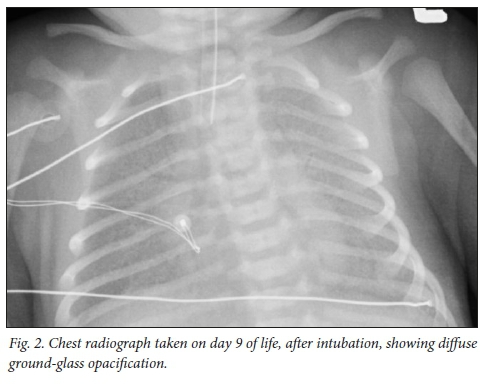


Pulmonary regurgitation was detected in 24 (31%) of 78 subjects: nine (22%) in group 1 and 15 (41%) in group 2. Acute, severe mitral valve regurgitation is a medical emergency. Tricuspid regurgitation was detected in 77 (65%) of the 118 subjects: 35 (57%) in group 1 and 42 (74%) in group 2. Aortic valve sclerosis is a condition whereby the aortic valve becomes thickened but does not significantly obstruct flow, unlike aortic valve stenosis, which does obstruct flow. Aortic regurgitation was detected in 13 (11%) of the 118 subjects, all in group 2. Tricuspid valve regurgitation (often called tricuspid regurgitation) happens when the tricuspid valve of your heart doesn’t seal completely shut, allowing blood to flow backward. Tricuspid regurgitation is a common sonographic finding during fetal life and can be seen in 7 of normal fetuses 1. The aortic valve can be leaky, in a condition known as aortic regurgitation or the aortic valve can become tight in a condition known as aortic stenosis. The severity of mitral regurgitation was trivial to mild. This malfunctioning allows blood to flow back into the heart’s right chamber (atrium). Tricuspid regurgitation represents the abnormal backflow of blood into the right atrium during right ventricular contraction due to valvular leakage (i.e. With tricuspid valve regurgitation, the tricuspid valve which is located between the two right heart chambers (right ventricle and right atrium. Tricuspid regurgitation occurs when the valve does not properly close. Tricuspid regurgitation ( TR) (also known as tricuspid insufficiency) is a common finding in imaging of the fetus. Mitral regurgitation was detected in 57 (48%) of the 118 subjects: 24 subjects (39%) in group 1 and 33 subjects (58%) in group 2. Tricuspid valve regurgitation is a disease of your heart’s tricuspid valve, which is important in preventing the backflow of blood as it travels through the heart and into the lungs to be oxygenated. The subjects were divided into two groups: group 1 consisted of subjects who were younger than 50 years old (n = 61), and group 2 consisted of subjects who were at least 50 years old (n = 57). One hundred eighteen healthy volunteers (21 to 82 years old) had a two-dimensional Doppler echocardiographic study that included color flow imaging to assess valvular regurgitation and that was semiquantitated by mapping the dimensions of the color flow regurgitant jet in orthogonal views. We prospectively assessed the influence of aging on the prevalence of valvular regurgitation by using color flow imaging.


 0 kommentar(er)
0 kommentar(er)
